Cracked Heels - A Common Problem
Disease and disorders such as athlete's foot, psoriasis, eczema, and thyroid disease may cause cracked heels. Excess weight creates extra pressure on the feet and prolonged standing in ill-fitting shoes can also become a problem due to the added pressure.
When the sensitive skin on the bottom of the feet and heels becomes too dry, it can split open, leaving painful cracks called fissures on your heels. Those cracks may not only make it painful to walk, but can also lead to serious infections. One of the first signs of dry, cracked heels is formation of thick, discolored callus tissue that may cause pain with everyday pressure-related activities like walking or running. If the callus goes untreated and continuous pressure is applied, you may eventually notice small or even deep breaks that may cause bleeding to occur. If not properly cared for, this may cause an infection. The skin to the heels may begin to redden or become severely inflamed. Diabetics must check their feet daily because these changes can go unnoticed due to a decreased ability to feel their feet.
Conservative treatment of dry, cracked heels is easily prevented by wearing adequate supportive shoes and with regular use of moisturizers. Ideally, the goal is to prevent cracks from first forming.
Topical creams are documented to be the best skin care treatment. Creams that use humectant agents as Urea, Lactic Acid and petroleum jelly may all be successful. Apply these agents two to three times a day until healed.
Pumice stones can remove some of the excess dead skin that is preventing proper healing (diabetics should not use any form of callous remover).
Bandages or coverings allow moisturizing agents to work more effectively, prevent moisture loss, and act as a barrier against bacteria growth.
Custom insoles (orthotics) can also redistribute pressure abnormalities on the heel.
If healing is slow, your podiatrist or other healthcare practitioner may decide to remove specific callus tissue to help the healing process. Do not attempt this at home or at local pedicurist, as this can lead to infection or excessive skin removal if done improperly. Pay close attention to your feet daily and ideally you can avoid this from day one!


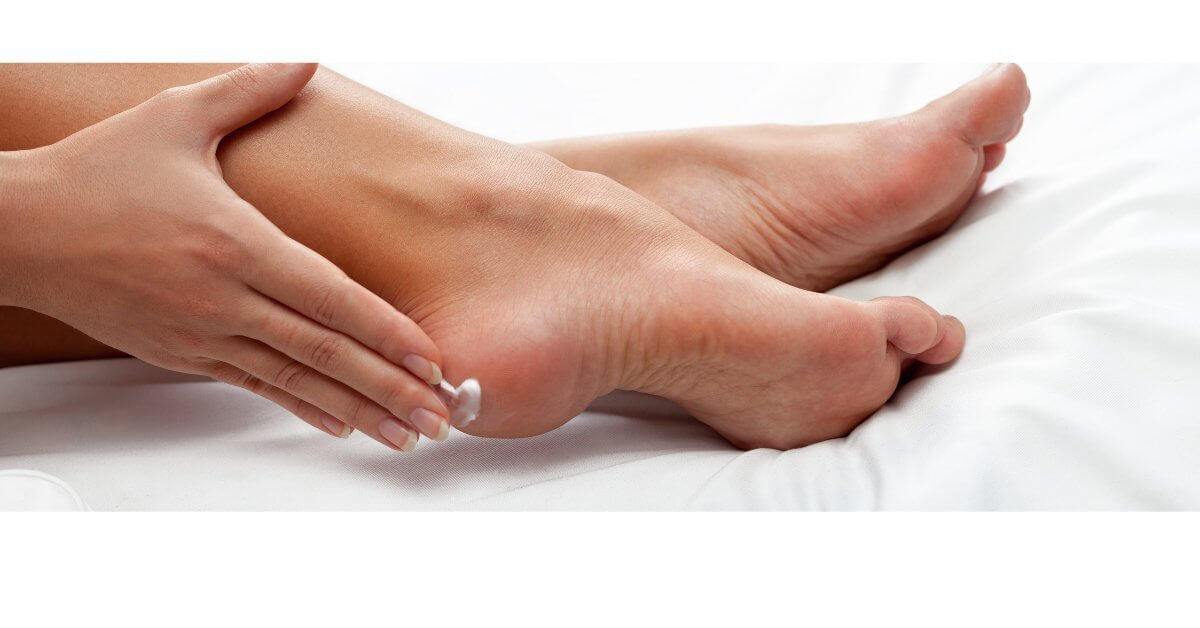
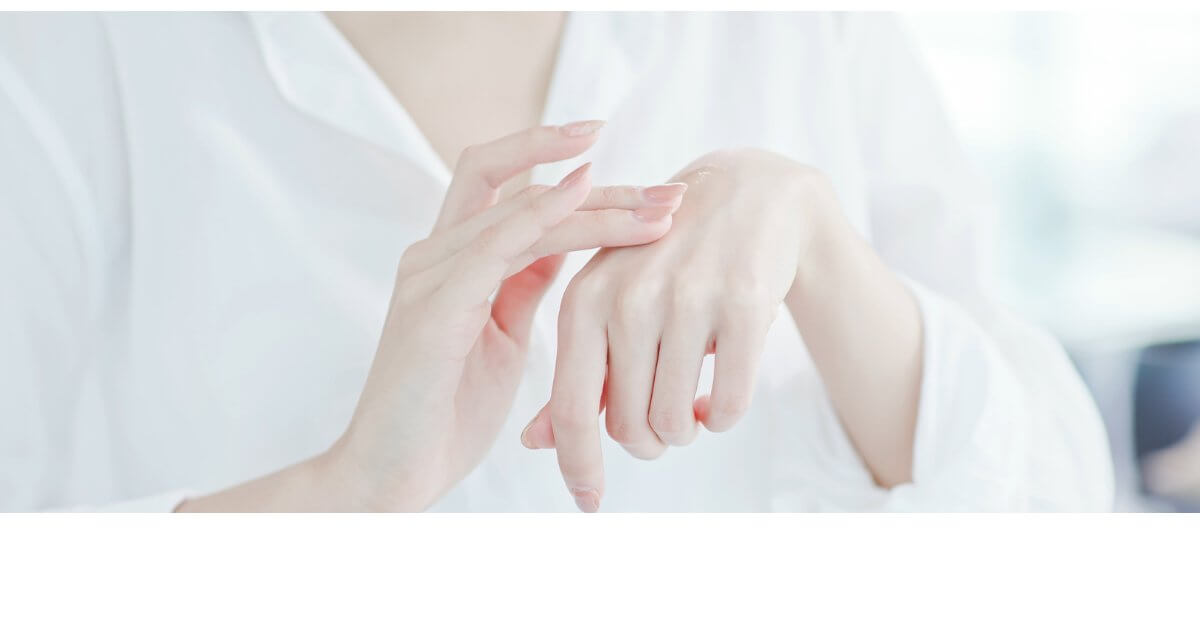

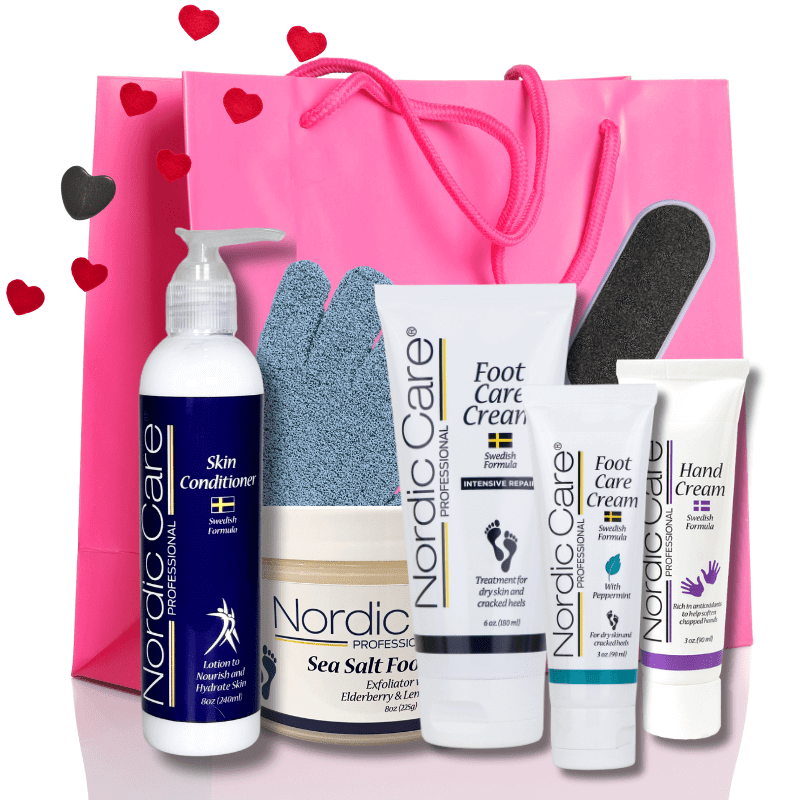
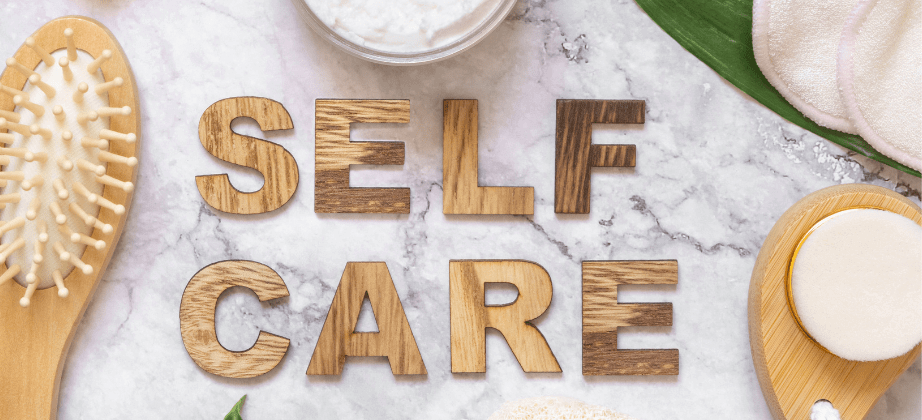
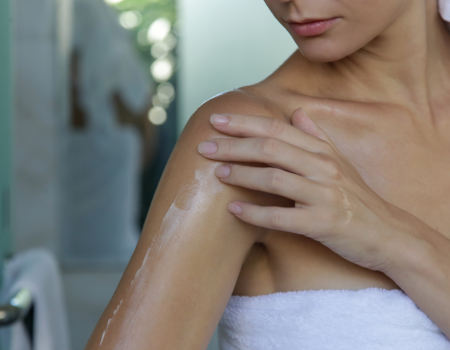
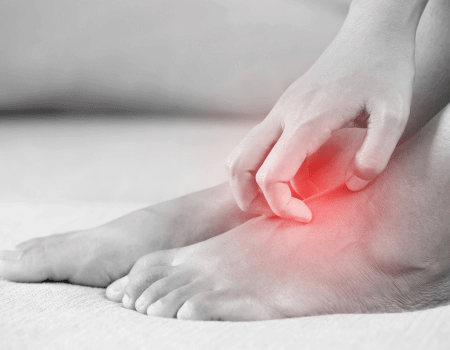
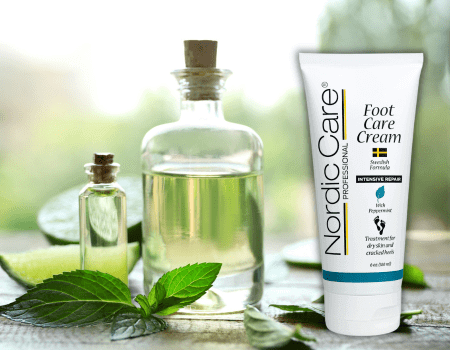
Leave a comment